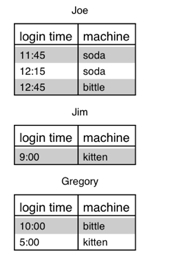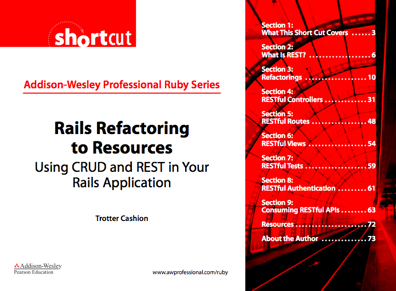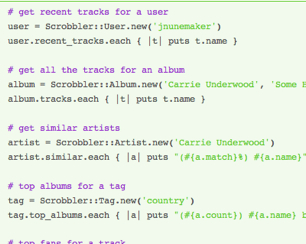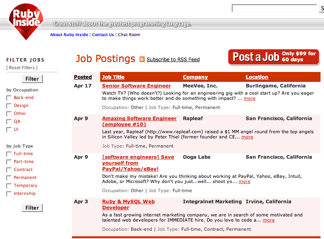
Francois Lamontagne is a Québecois Ruby and Rails developer whose blog, Ruby Fleebie, has recently become quite popular due to both having some great tutorial / reference-type posts, and Francois’ rather proactive methods of promoting it on DZone.

Francois has also released Ecstatik, a Rails-powered Digg-like site that presents humorous links (to photos and videos, etc). In many regards it feels like a user-driven equivalent of Fark, although the focus is on funny links over community (for now).
I decided to ask Francois some questions about the Ruby Fleebie blog and how Ecstatik was developed and deployed. Read More


















